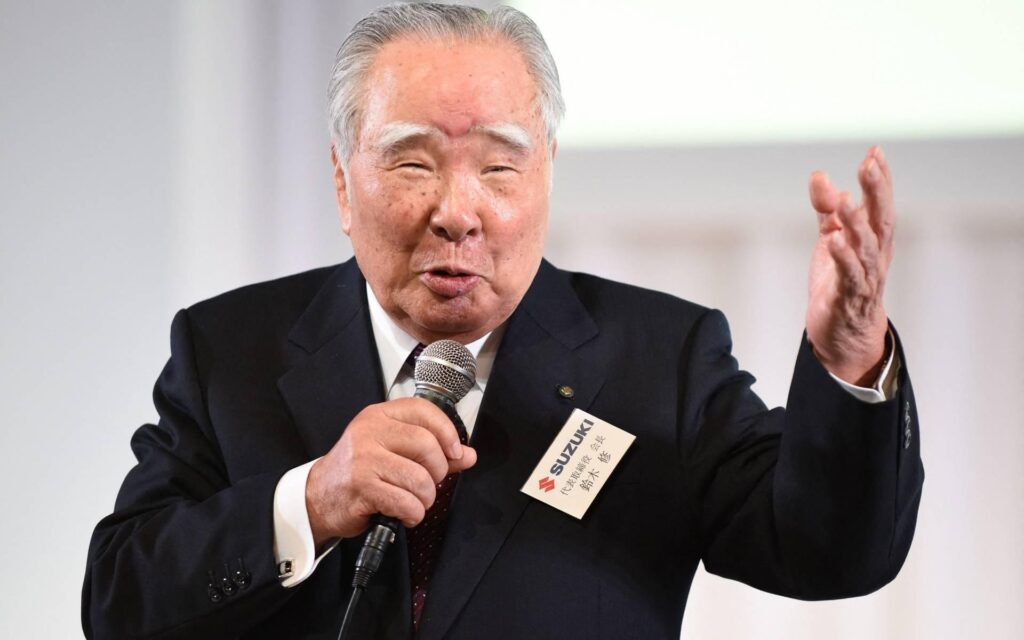In the realm of automotive resurrection, few tales are as compelling as the story of a forgotten legend, silently aging in an English backyard. The C4 Corvette ZR-1, once a pinnacle of American sports car engineering, had been consigned to a two-decade slumber, hidden from the world beneath overgrown foliage and the weight of neglect. This is a narrative of mechanical redemption, where a once-celebrated machine—dubbed the “King of the Hill” in its prime—would emerge from obscurity to breathe purpose and passion once more. In a remarkable tale of automotive resurrection, a legendary C4 Corvette ZR-1 has emerged from two decades of obscurity in a quiet English backyard. The vehicle, once considered a pinnacle of American sports car engineering, had been sitting dormant since the late 1990s, slowly succumbing to the relentless embrace of nature.
The revelation began when a local car enthusiast heard whispers of a forgotten performance machine hidden behind overgrown hedges. What he found was a time capsule of automotive excellence—a ZR-1 that had become more myth than machine, its sleek lines now dulled by years of exposure to the elements.
Known as the “King of the Hill” during its production run,this particular ZR-1 represented the pinnacle of Corvette engineering. Its LT5 engine, developed in collaboration with Mercury Marine, was a marvel of automotive technology, producing an extraordinary 375 horsepower in its later iterations. The car’s sophisticated aluminum-block engine was a departure from traditional Chevrolet small-block designs, making it a true performance outlier.
Rescue efforts began with meticulous assessment of the vehicle’s condition. Years of neglect had taken their toll—rust had crept into crucial structural components, and the interior had become a sanctuary for local wildlife. Yet, beneath the layers of decay, the car’s fundamental structure remained surprisingly intact.
Restoration specialists carefully extracted the vehicle, using specialized equipment to minimize additional damage. The process was painstaking, with every component requiring careful examination and potential replacement. Original parts were preserved wherever possible, maintaining the car’s historical authenticity.
The powertrain presented the most notable challenge. The legendary LT5 engine, once considered nearly bulletproof, required complete rebuilding. Specialists sourced original components and meticulously reconstructed the engine, ensuring it would perform as closely to its original specifications as possible.
Weeks of dedicated work transformed the neglected machine. Paint was carefully stripped and reapplied, mechanical systems were rebuilt, and interior components were restored or replaced. The result was nothing short of miraculous—a ZR-1 that looked as if it had just rolled off the production line in the early 1990s.
This particular restoration represents more than just automotive repair. It’s a testament to the enduring legacy of American performance engineering and the passionate community dedicated to preserving automotive history. The rescued ZR-1 now stands as a pristine example of a remarkable era in sports car design.






